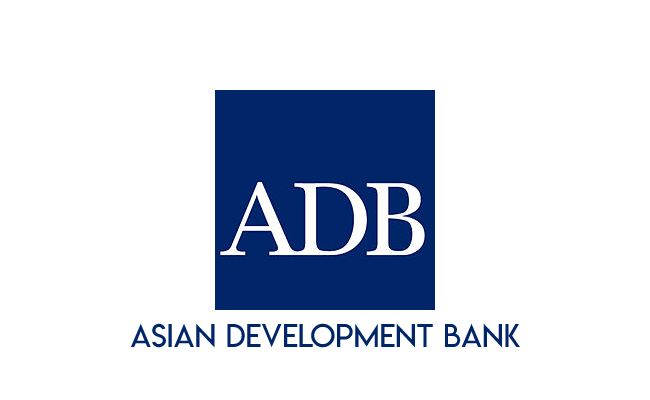ADB moots issuing cat bonds, as it proposes CAREC disaster insurance facility

The Asian Development Bank (ADB) has drawn up a plan for implementation of a disaster risk insurance facility for the Central Asia Regional Economic Cooperation (CAREC) countries, for which insurance-linked securities (ILS) would be seen as an important source of reinsurance capacity and it has even mooted issuing them itself.
The member countries to the Central Asia Regional Economic Cooperation (CAREC) are Afghanistan, Azerbaijan, Georgia, Kazakhstan, Kyrgyz Republic, Mongolia, Pakistan, People’s Republic of China (Inner Mongolia Autonomous Region and Xinjiang Uygur Autonomous Region), Tajikistan, Turkmenistan, and Uzbekistan.
None of these are familiar countries to the insurance-linked securities (ILS) market, but the Asian Development Bank (ADB) believes that in establishing a new risk transfer facility for them, it would be wise to look at ILS opportunities to support the build-up of capacity and capital they require.
The ADB has taken a close look at the various disaster risk insurance facilities and sovereign, mostly parametric, risk pooling facilities around the world, hoping to glean a best practice approach from them to help in designing a strategy for a new CAREC implementation.
While the ADB acknowledges that CAREC would benefit from a straight duplication of facilities such as the Caribbean CCRIF SPC, the African Risk Capacity (ARC), the Southeast Asia Disaster Risk Insurance Facility (SEADRIF) and Pacific Catastrophe Risk Insurance Company (PCRIC), it also recognises a chance to structure things a little differently as well.
A mirror approach to some of the above, would see parametric disaster insurance arranged for the member countries of CAREC, while traditional reinsurance and insurance-linked securities (ILS) markets could be tapped for risk capital support.
In this scenario, the CAREC disaster insurance facility would see member countries benefiting from the diversification within the risk pool, as a number of countries participated, as well as the efficiencies that can deliver when accessing the reinsurance markets, or tapping ILS capital.
But the ADB also moots another approach, that would see an entity established for the CAREC disaster insurance needs of the members, but that would become an issuer of catastrophe bonds itself.
In fact, the CAREC Risk Facility (CRF) as it is being termed, could adopt a role as a risk warehousing facility and clearing house, with ILS being one of the ways risk is cleared through it.
It’s also assumed that the CAREC Risk Facility (CRF) would provide services to the CAREC members as well, perhaps in modelling and structuring their risks to make the best package to approach reinsurance and ILS markets with.
A developed reinsurance and ILS strategy is seen as key, either way, and as the CRF looks to provide affordable insurance to CAREC members, ILS is seen as a source of reinsurance that would need to be considered, depending on market conditions.
In addition, the ADB suggests that a hybrid catastrophe bond structure specifically tailored for disaster relief purposes, so the funds can only be disbursed to relief and early recovery needs, could be an appropriate tool to consider.
Finally, the ADB goes a step further and suggests that it could itself become a catastrophe bond issuer.
The ADB explains a scenario where it could provide a platform for ILS and cat bond issuance, without CAREC or its members needing to establish their own special purpose vehicles (SPVs).
“ADB could provide insurance to CAREC members or CRF via a swap arrangement, but then itself issue a catastrophe bond to hedge the swap, using its own capital rather than that of an SPV,” the ADB explained.
Adding that, “This approach reduces many of the frictional costs of catastrophe bonds, thus improving affordability. In the absence of a CRF entity and/or an associated SPV established at CAREC member countries’ request, ADB may be able to facilitate one or more bonds branded for the benefit of CAREC countries using the applicable platform, either individually or collectively.”
Which shows an evolution in the ADB’s thinking, as it begins to consider how it can utilise its own treasury facilities to issue bonds for disaster risk financing and resilience capacity building.
Much like the World Bank, which is already one of the largest issuers of catastrophe bonds without the need to utilise third-party managed SPVs.
At the moment, the work on the CAREC Risk Facility is in its conceptual stage.
But it’s encouraging to see the ADB thinking about how its own structure and expertise in capital markets and bond issuance could be put to work to make access to disaster risk capital more efficient for the countries it is working with.






